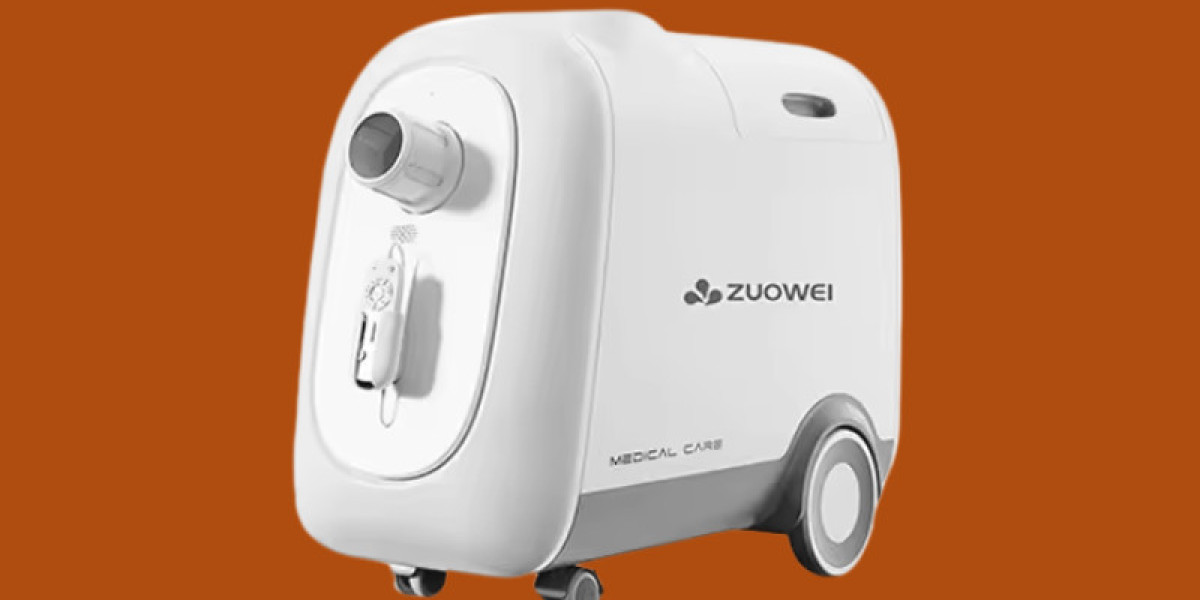The Belgian Malinois is a powerful, intelligent, and highly energetic dog breed. Known for their work in military and police roles, these dogs are incredibly trainable but require consistent behavioral guidance. Without proper training, a Malinois can develop problematic behaviors like aggression, hyperactivity, or destructive chewing. A step-by-step behavioral training plan ensures that your Malinois grows into a well-behaved, balanced companion.
Understanding the Malinois Temperament
Before starting any training program, it’s essential to understand the nature of the behavior training for Malinois. They are highly driven, eager to work, and quick learners. However, their intelligence can lead to restlessness if not properly channeled. A Malinois without enough mental or physical stimulation may develop bad habits, such as barking excessively, jumping on people, or showing signs of anxiety.
Because of their protective instincts, Malinois dogs also need careful socialization. Early and consistent training will help manage their natural tendencies and prevent aggression or territorial behavior.
Step 1: Start with Socialization
The first step in behavioral training for a Malinois is socialization. Ideally, this begins when the dog is still a puppy but can be started at any age with patience.
How to socialize your Malinois:
· Expose your dog to various environments, such as parks, sidewalks, or dog-friendly cafes.
· Allow controlled interactions with other dogs and people, always monitoring their comfort level.
· Introduce them to new sights, sounds, and smells gradually, avoiding overwhelming situations.
Proper socialization teaches your Malinois to remain calm and confident in unfamiliar situations. It reduces the risk of fear-based aggression or reactivity later in life.
Step 2: Teach Basic Obedience
Basic obedience forms the foundation of behavioral control. A Malinois needs to know how to follow commands reliably before advanced training can begin.
Key commands to teach:
· Sit
· Stay
· Come
· Down
· Leave it
· Heel
Use positive reinforcement such as treats, praise, or play to reward correct behavior. Keep training sessions short but frequent to prevent boredom—Malinois dogs respond best to consistent, engaging sessions. Avoid harsh corrections, as these can lead to fear or aggression.
Step 3: Establish Boundaries and Rules
A well-behaved Malinois understands the household rules. Consistency is crucial; mixed signals can confuse your dog and lead to frustration.
Tips for setting boundaries:
· Decide where the dog is allowed in the home (e.g., no jumping on furniture if that’s your preference).
· Set specific times for meals, play, and walks to build routine.
· Use gentle redirection when your dog breaks a rule. For example, if they chew on furniture, replace the item with a chew toy and praise them for using it.
Clear boundaries reduce anxiety in dogs because they know what is expected of them.
Step 4: Use Mental Stimulation
Behavioral problems in Malinois & working dog behavior expert often stem from boredom. This breed craves mental challenges as much as physical exercise.
Ways to stimulate your Malinois mentally:
· Use puzzle feeders or hide treats around the house for scent work.
· Teach new tricks regularly, even beyond the basic commands.
· Rotate toys to keep playtime interesting.
· Practice obedience drills with variations to keep your dog engaged.
Mental stimulation prevents destructive behaviors like digging, chewing, or barking excessively due to frustration.
Step 5: Manage Excess Energy
Malinois dogs require significant daily exercise. A tired Malinois is less likely to develop behavioral issues.
Recommended activities include:
· Daily walks of at least an hour, combined with jogs or runs if possible.
· Fetch games, frisbee, or tug-of-war.
· Agility or obstacle course training.
· Swimming or hiking when available.
Physical exercise helps burn off excess energy and keeps your dog balanced and focused.
Step 6: Correct Problem Behaviors Early
If your Malinois starts displaying problem behaviors, address them immediately. Ignoring issues like nipping, growling, or jumping can allow these behaviors to become habits.
Correction tips:
· Use calm but firm redirection, guiding the dog to the correct behavior.
· Never punish aggressively; instead, remove attention when bad behavior happens.
· Reward calm and appropriate actions consistently.
If needed, consider consulting a professional trainer, especially for behaviors like resource guarding or aggression.
Step 7: Practice Long-Term Consistency
Behavioral training is not a one-time event—it’s an ongoing process. Even after your Malinois has learned basic obedience, continue practicing regularly.
· Reinforce commands daily.
· Keep socializing with new environments and people.
· Rotate training activities to prevent boredom.
Consistency builds trust between you and your Malinois and ensures lifelong good behavior.
Conclusion
Malinois behaviour training Cork Ireland requires time, patience, and a structured approach. By following this step-by-step behavioral training plan, you can transform your energetic and driven dog into a well-mannered, confident companion. Focus on socialization, obedience, mental stimulation, and consistent boundaries. With dedication, your Malinois will thrive both as a family member and a loyal working partner.








